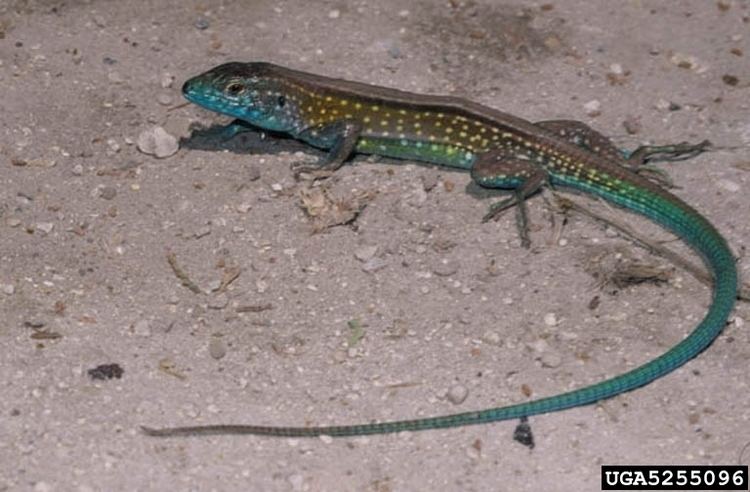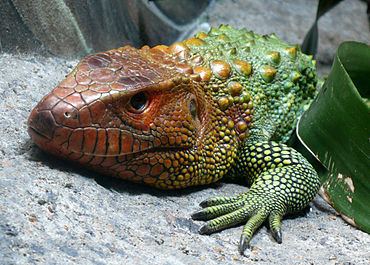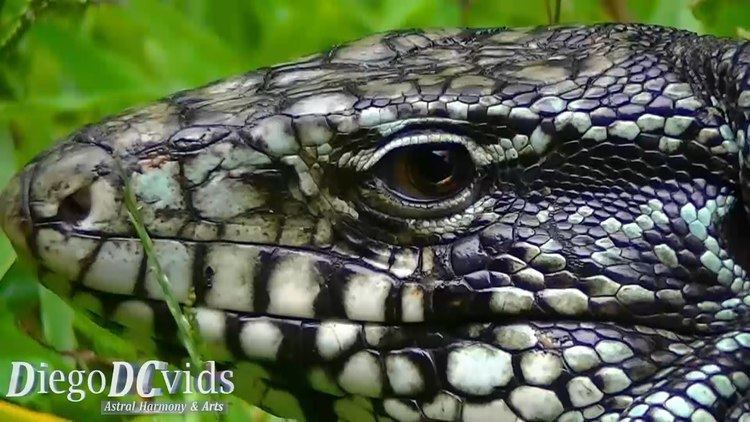Scientific name Teiidae Higher classification Autarchoglossa Order Scaled reptiles | Infraorder Scincomorpha Rank Family | |
 | ||
Lower classifications | ||
Teiidae is a family of autarchoglossan lizards native to the Americas. Members of this family are generally known as whiptails or racerunners; however, tegus also belong to this family. Teiidae is sister to the Gymnopthalmidae, and both families comprise the Teiioidea. The Teiidae includes several parthenogenic species - a mode of clonal reproduction. Presently, the Teiidae consists of 151 species in eighteen genera.
Contents

Tupinambis merianae teiidae lagarto tei sc
Morphology and Behavior

Teiids can be distinguished from other lizards by the following characteristics: they have large rectangular scales that form distinct transverse rows ventrally and generally small granular scales dorsally, they have head scales that are separate from the skull bones, and the teiid teeth are solid at the base and "glued" to the jaw bones. Additionally, all teiids have a forked, snake-like tongue. They all possess well-developed limbs.

Teiids are all terrestrial (few are semi-aquatic) and diurnal, and are primarily carnivorous or insectivorous. Most teiids forage quite actively within their ideal temperature range, quickly skirting between cover objects. Some will include a small amount of plant matter in their diet. They are oviparous, and some species laying very large clutches.
Parthenogenesis

Several species of whiptail lizards are entirely female and no males are known. These all-female species reproduce by obligate parthenogenesis (obligate, because the lizards do not involve males and cannot reproduce sexually). Like all squamate obligate parthenogenetic lineages, parthenogenetic Teiids are hybrids. Two or more species rarely hybridize and the offspring are thought to occasionally be capable of reproduction without sperm. The meiotic mechanism for bypassing fertilization is an ongoing area of research.
Primarily known from lab studies of parthenogenetic Aspidoscelis neomexicanus, simulated mating behavior can increase fertility. In this behavior known as pseudocopulation, one female assumes a male-like role and the other a female-like role. Individuals can switch roles throughout their life. The claim of pseudocopulation was initially met with hesitation by some researchers, and the behavior has not been observed in all parthenogenetic varieties. Since at least some all-female lineages exhibit pseudocopulation, these lizards can be considered to reproduce unisexually (in contrast to asexually).
Taxonomy
The Teiidae contain 151 species divided into two subfamilies and eighteen genera. This assessment includes several recent changes: three resurrected genera, five newly described genera, and the large genus Cnemidophorus split into Aspidoscelis and Cnemidophorus. In some technical literature, the Teiidae are referred to as macroteiids (in opposition to the microteiids, which are members of a sister family Gymnopthalmidae). Parthenogenetic lineages are generally referred to as species, though the concept of a species is meant loosely. Other terms include array, clone, type, or morph.
